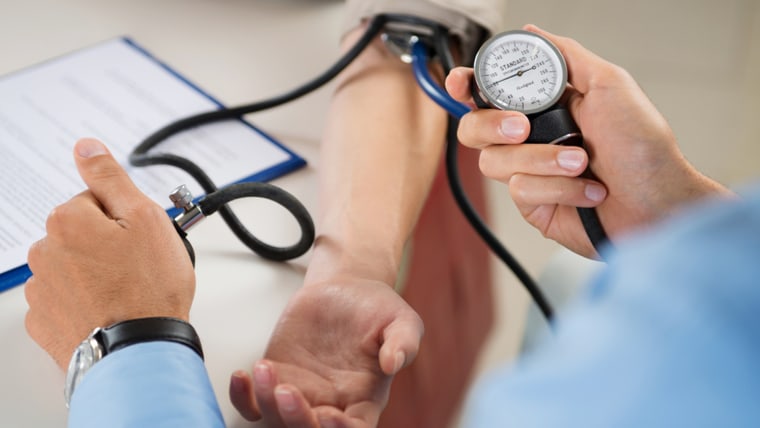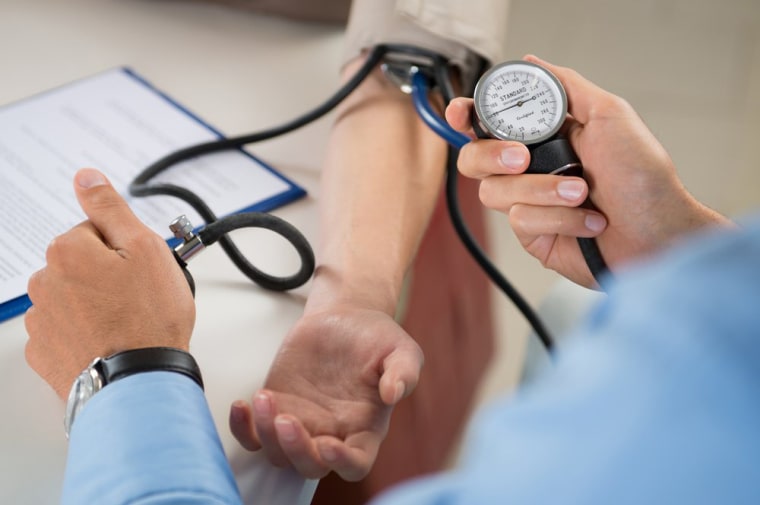A new study shows there’s no such thing as a free lunch for doctors — or a dinner, either.
Physicians who accepted even one meal sponsored by a drug company were much more likely to prescribe a name-brand drug to patients later, a new study shows.

The research, published in the Journal of the American Medical Association’s JAMA Internal Medicine, reinforces earlier complaints that drug companies were buying loyalty by showering doctors with gifts, promotional items, lunches with often-attractive drug industry representatives and, most notoriously, paid vacations to luxury resorts that were ostensibly for advanced medical education.
The complaints got so bad that in 2008, the pharmaceutical industry voluntarily gave up a lot of the freebies offered to doctors, from pens carrying a drug’s name to pricey equipment.
"The relationship was dose dependent, with additional meals and costlier meals associated with greater increases in prescribing of the promoted drug."
Big medical conferences, where doctors once could load up on branded luggage, electronic devices and medical supplies, are now notably sparse on such promotional items.
But Monday’s study suggests that even the subtlest incentives work, at least from the perspective of the drug companies.
Dr. R. Adams Dudley of the University of California, San Francisco and colleagues looked at prescribing information for four popular drugs from nearly 280,000 Medicare physicians.
Related: Americans Want Drug Ads Off TV
They included the cholesterol-lowering drug rosuvastatin (brand-name Crestor), the blood pressure drugs nebivolol (brand-name Bystolic) and olmesartan medoxomil (Benicar) and the antidepressant desvenlafaxine (Pristiq).
The doctors in the study had received some sort of benefit, nearly all meals, worth $20 or less in which the four drugs were discussed. Doctors frequently attend educational sessions at medical meetings or get briefings over meals from drug representatives.
Those who got four or more meals relating to the four drugs prescribed Crestor nearly twice as often as doctors who didn’t get the free meals; Bystolic more than five times as often, Benicar more than four times as often and Pristig 3.4 times as often, the team found.
Even one meal where the drug was discussed led to higher prescribing rates, the analysis showed.
"Samples are almost exclusively the newest, most expensive medications.”
“Furthermore, the relationship was dose dependent, with additional meals and costlier meals associated with greater increases in prescribing of the promoted drug,” Dudley’s team wrote.
“Although voluntary guidelines from the American Medical Association and Pharmaceutical Research and Manufacturers of America allow meals and gifts to physicians of up to $100 in value, our findings indicate that even payments of less than $20 are associated with different prescribing patterns,” they added.
“Small payments and meals should continue to be monitored in the United States.”
Related: Free Pens and Pizza Come at a Cost
There’s a group called No Free Lunch that tries to wean doctors off the giveaways.
“If you are a practicing physician, you are familiar with the following scenario: You need to start a patient on medication, but the patient has no insurance or prescription drug coverage, so you look to see what’s in the ‘sample closet.’ Your first choice medication is not there (as it has been on the market for, say, longer than a month), so you give the patient a sample of what is there,” it says.
"Our findings indicate that even payments of less than $20 are associated with different prescribing pattern."
“The problem is that samples are almost exclusively the newest, most expensive medications.” And once a patient starts on a certain drug, he or she is likely to stick with it.
The incentives go beyond giveaways, said JAMA Internal Medicine Editor-at-Large Dr. Robert Steinbrook.
“If drug and device manufacturers were to stop sending money to physicians for promotional speaking, meals and other activities without clear medical justifications and invest more in independent bona fide research on safety, effectiveness and affordability, our patients and the health care system would be better off,” Steinbrook wrote in a commentary.

